Learning Materials
Click on the Image to Download File
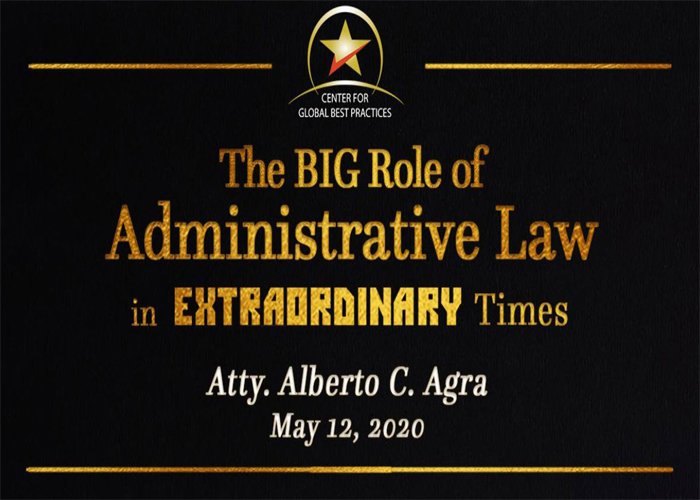
Total:
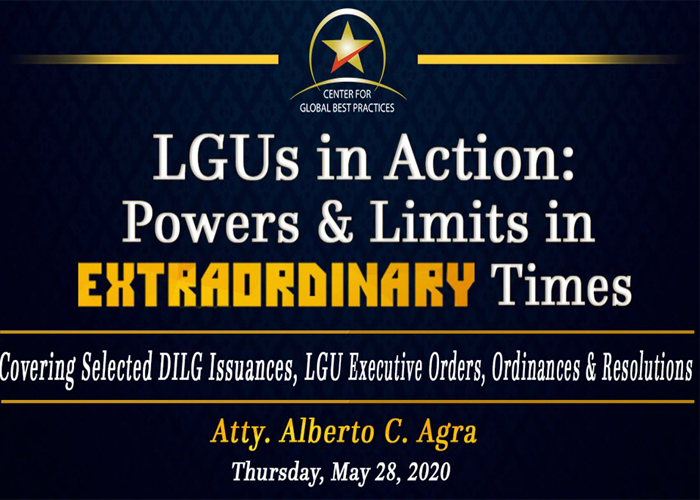
Total:
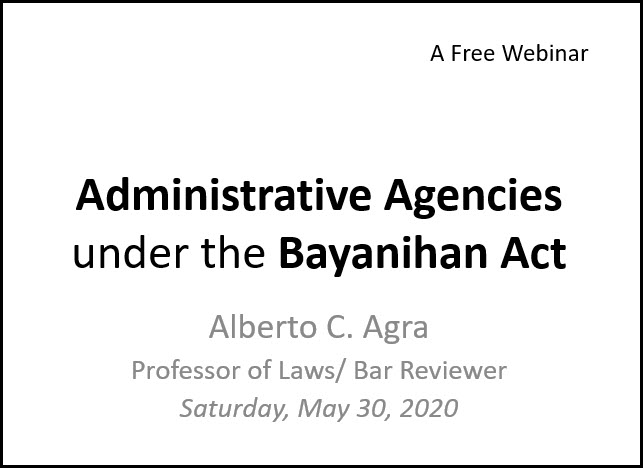
Total:
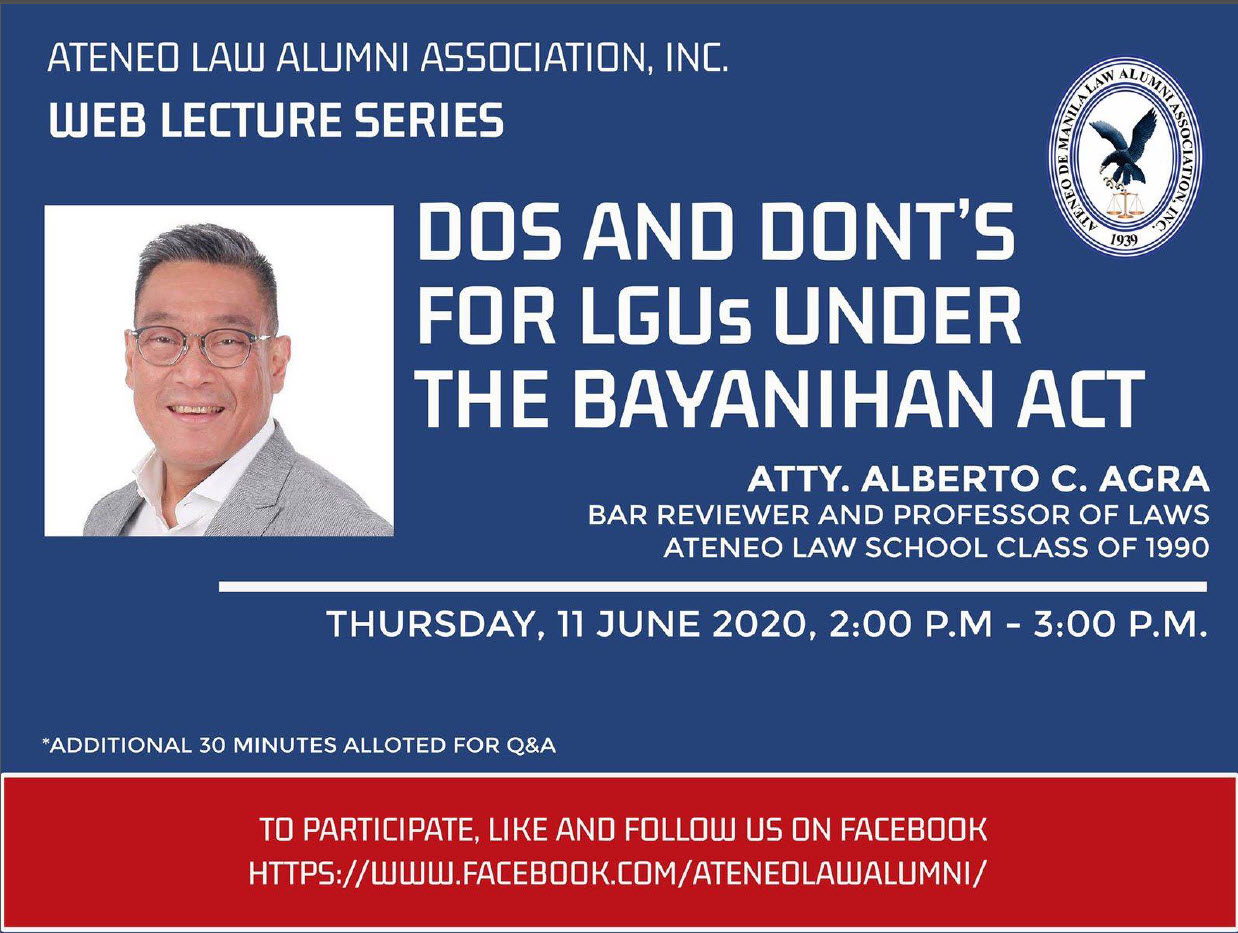
Total:
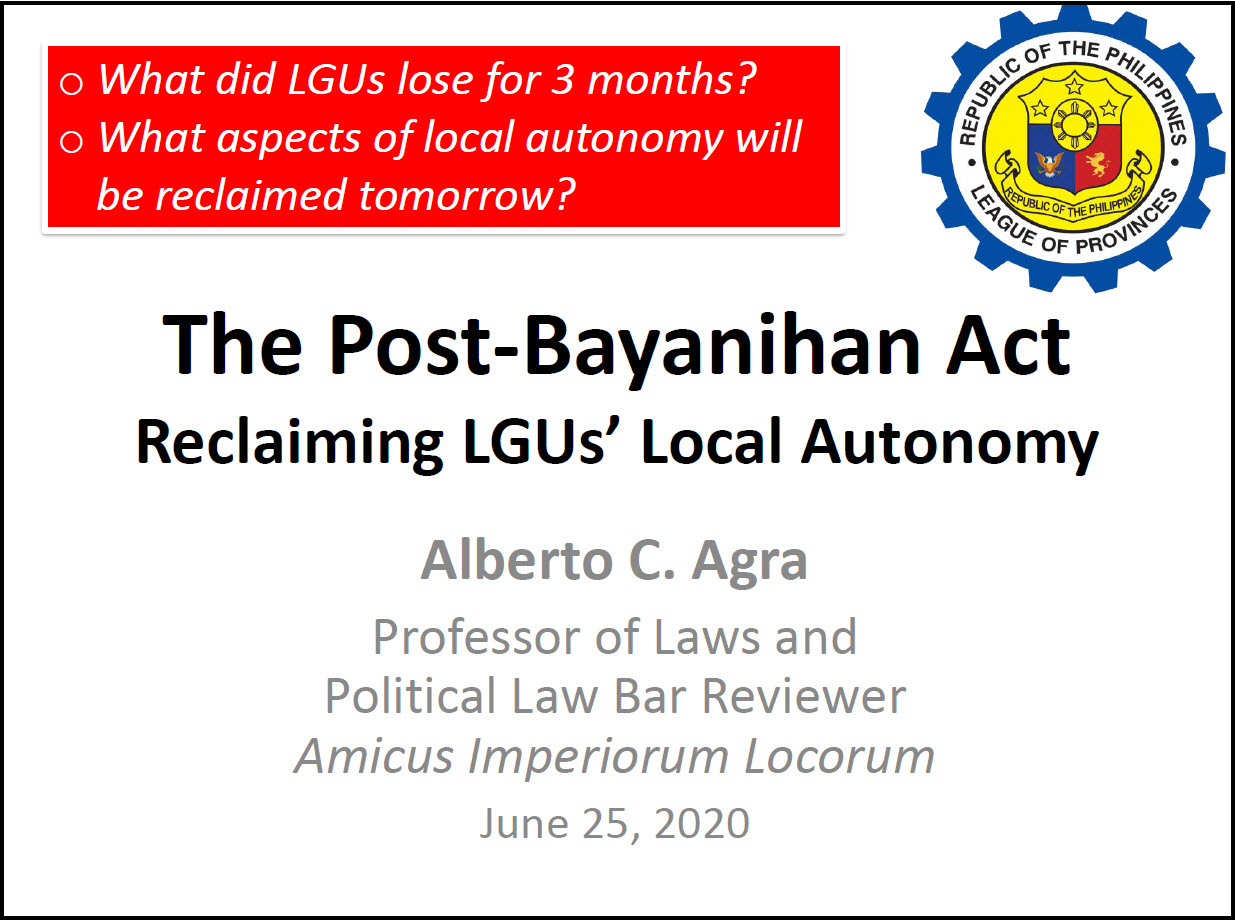
Total:
Click on the Image to Download File





Should a handful of experts, lawyers and consultants have monopoly over knowledge about public-private partnerships (PPPs)? What constitutes the PPP learning ecology? Why is learning critical for success of the PPP program and projects?
We are all stakeholders. Parties to a PPP arrangement—a government agencies and private proponents—are not the only stakeholders of PPPs. We are all stakeholders. “We” here means the whole government bureaucracy, regulatory agencies, courts, legislators, civil-society organizations, church, academe, taxpayers, consumers and ordinary citizens. Whatever the government does, fails to do or improperly does affect all of us.
(1) Turf clashes. A lot of projects can be implemented by more than one government agency. For example, the Department of Transportation, the Light Rail Transit Authority and a provincial government can implement a monorail project in a province. If they do not come to terms, all these three will assert their respective mandates. When jurisdictional issues are not resolved, either there is no project or there are redundant projects or white elephants.
(2) Paralysis-by-analysis. While master plans must come ahead of projects to ensure integrated development, master plans take time to prepare and not all aspects, arguably, are doable. There are some agencies that may have several plans and some features of macro plans are off tangent from micro or local plans. The obvious result is inaction or conflict.
(3) Layers upon layers of pre-award approvals. Depending on the PPP modality, governing law, project cost or amount of government contribution, there are levels of approval. Aside from the implementing agency, the go signal from the National Economic and Development Authority may be required. There could also be instances when positions of implementing agencies do not jive with those of the PPP Center and regulatory agencies. Without these approvals, there is no PPP contract.
Manila, City With Most Number Of Awarded PPP Projects Which local government unit (LGU) has the most number of awarded public-private partnership (PPP) projects? Is this the same LGU that has the most number of reclamation projects? For this LGU,…
Conclusion
Will the next administration respect the public-private partnership (PPP) arrangements entered into by the previous one, continue the concession franchise under the original parameters, or will it alter the tariff mechanism, cancel the contract or change the interpretation of provisions of PPP contracts?
Not being certain about the answers to these questions raises fears about the sustainability and integrity of PPP and concession contracts. Every time a new president, governor, mayor, general manager or administrator assumes his or her position, the anxiety escalates. This is successor risk.
The worst kind—contract cancellation. Early this year, as reported in the media, the International Center for the Settlement of Investment Disputes of the World Bank directed the Philippine government to pay P1 billion.
Are concessions public-private partnership (PPP) arrangements? What is a concession? What are examples of concession agreements? What are the harmful effects of changing the rules of the concession game during the life of the contract?
For the second type, all operate under the BOT law and its variants, i.e., build-operate-transfer, build-transfer-operate, build-own-operate, rehabilitate-operate-transfer (ROT) and rehabilitate-own-operate (ROO), and joint-venture arrangements carry with them concession provisions.
Is it possible to pursue public-private partnerships (PPPs) on sports? How can this be viable? Name one example of a viable sports PPP.
The Singapore Sports Hub (Hub) is one such model. This “strategic PPP” is a 25-year, close to P50-billion PPP between Sport Singapore and Sports Hub Pte. Ltd. This is touted to be one of the largest sporting infrastructure PPP projects in the world today.
The nine-facility multiuse Hub, situated on a 35-hectare property, was just a national stadium prior to turnover. This PPP is a design-finance-build-operate-transfer with concession, where the concessionaire is entitled to collect end-user fees and make revenues.
This facility accommodates several functions, which are not exclusive to sports. The project overview declares that “Singaporeans can play sports, attend a concert, have dinner with their families by the waterfront or visit the sports museum and library with their children over the weekend. There is something for everyone”.